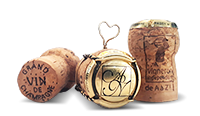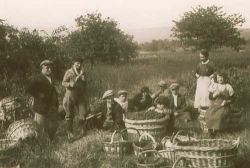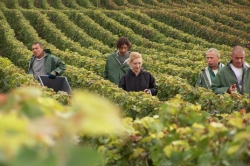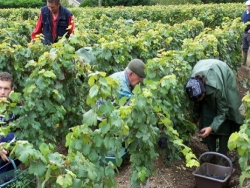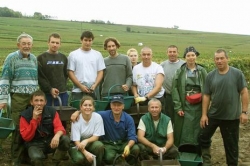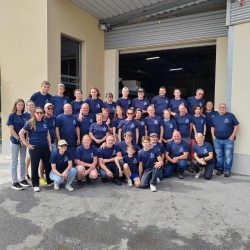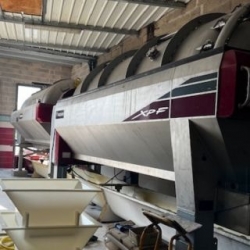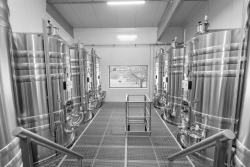Harvest in Champagne
The grape harvest in Champagne is much more than a simple picking of grapes. It embodies age-old expertise, where each step is crucial to ensuring the excellence of our wine. From the careful selection of grape varieties to the precision of pressing, every action matters in preserving the quality and identity of our Champagnes. Discover the different stages involved in crafting our cuvées, combining tradition with cutting-edge technology.
The Grape Varieties of Champagne
In Champagne, the distinctiveness and finesse of the wines rely on the blend of three main grape varieties:
- Pinot Noir and Meunier are black-skinned grapes with white juice.
- Chardonnay is a white-skinned grape variety.
All grapes used to produce Champagne must come exclusively from vines located within the Champagne Appellation d’Origine Contrôlée (AOC), ensuring both the origin and the quality of the product.
The Harvest: A Manual and Meticulous Process
In Champagne, harvesting is carried out entirely by hand to preserve the integrity of the grape clusters. Each bunch is carefully picked using pruning shears and placed into small baskets holding only a few kilos of grapes.
Transport to the press is done quickly in containers of 40 to 50 kilos to avoid any premature deterioration of the fruit. The grapes must arrive in perfect condition, as any contact of the juice with air may cause oxidation, which would harm the freshness and aromatic richness of the future wine.
Pressing: Precision and Respect for the Fruit
Upon arrival at the press house, the grapes are pressed immediately, following a precise and gradual extraction process to preserve the quality of the juice. This is a delicate operation: pressing too firmly could crush the stems and skins, releasing undesirable herbaceous aromas.
In Champagne, only 100 liters of juice are extracted from 150 kilograms of grapes, in order to ensure optimal quality.
Our Presses: Technology Serving Tradition
We have chosen cutting-edge technology by investing in two latest-generation Bucher pneumatic presses. With a synthetic membrane that inflates slowly, these presses apply soft and progressive pressure to the grapes over three to four hours.
This method prevents any coloration of the juice extracted from black-skinned grape varieties such as Pinot Noir and Meunier.
The result is clear, pure, and elegant juice, perfectly aligned with the strict requirements of the Champagne appellation.
The Winery: The Beginning of Transformation
Our winery, recently modernized, is equipped with stainless steel vats—a neutral and hygienic material that allows for precise control of alcoholic fermentation as soon as the juice is transferred.
Over the course of two to three weeks, the natural yeasts convert the sugar in the juice into alcohol. Once fermentation is complete, the wine is left to rest for several months.
This resting period is essential for the development of aromas, the maturation of flavors, and the creation of Champagnes with exceptional finesse and complexity.
